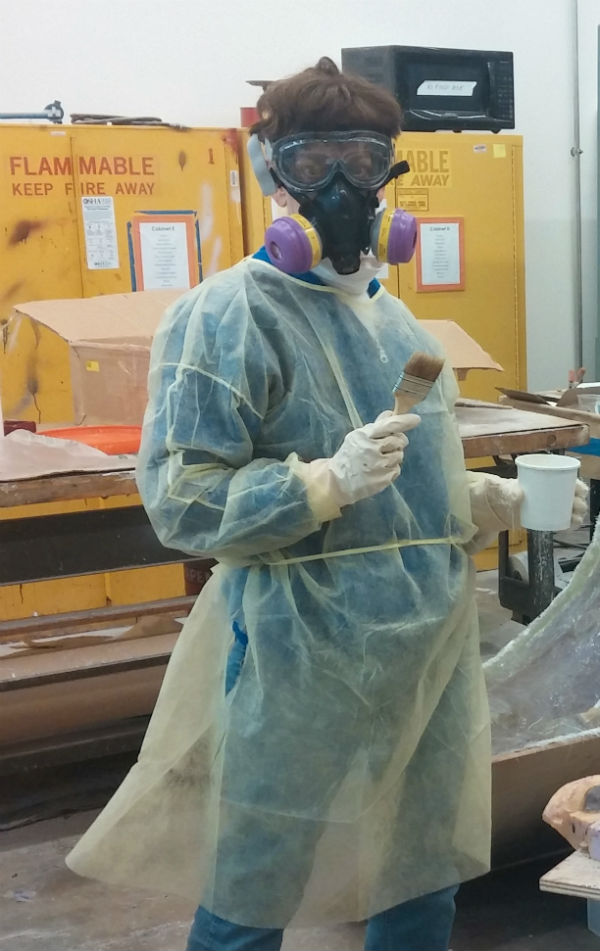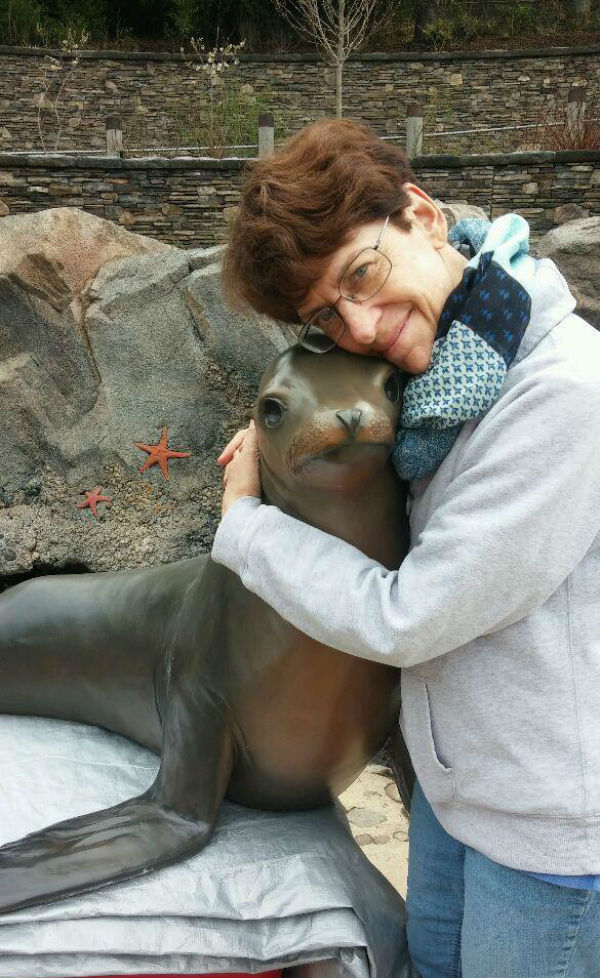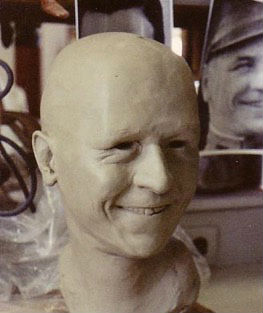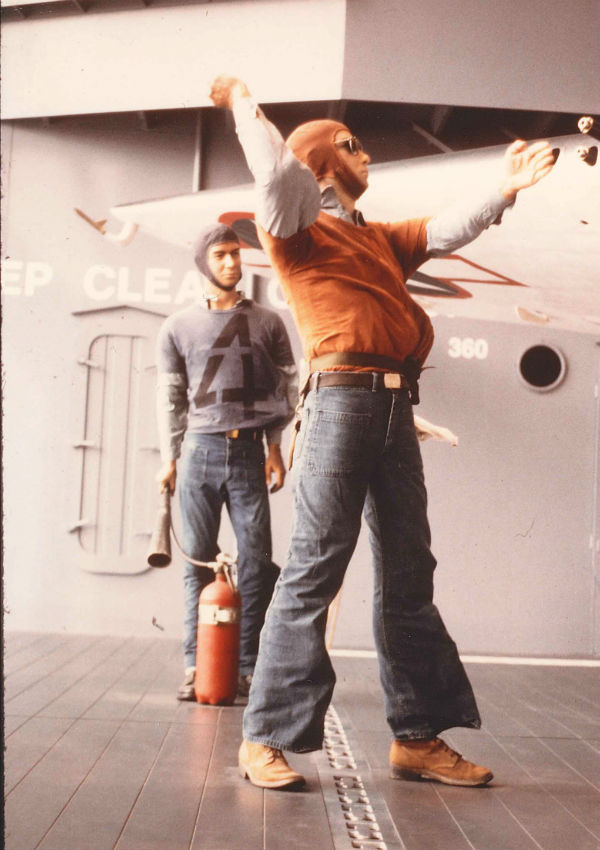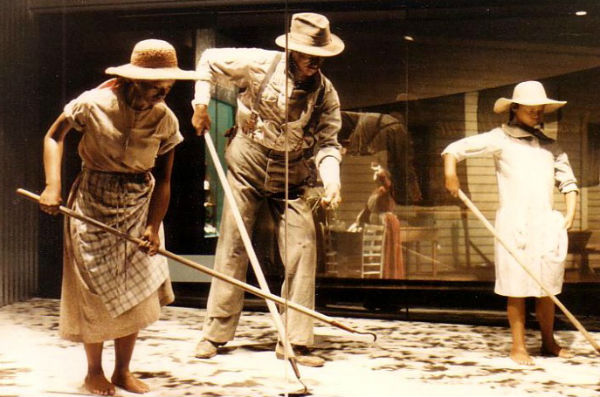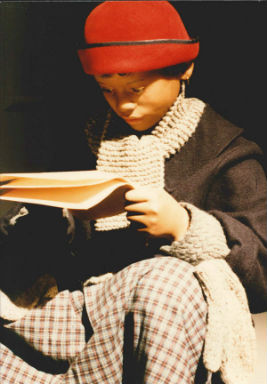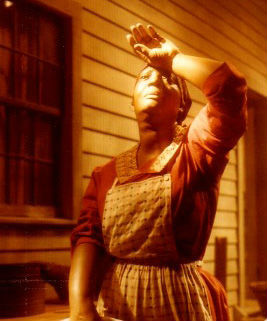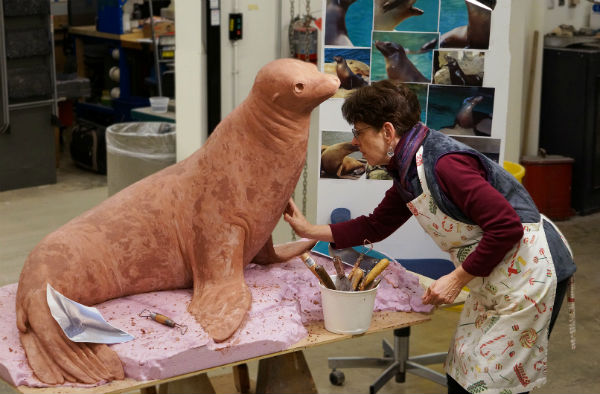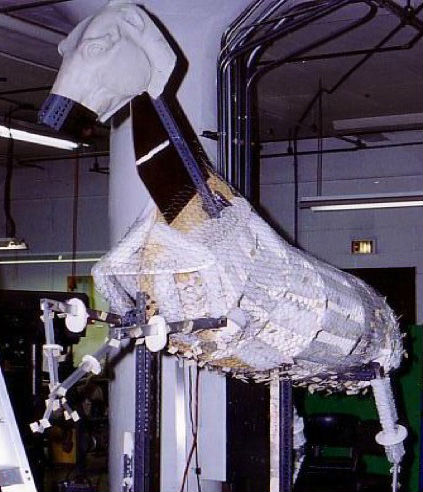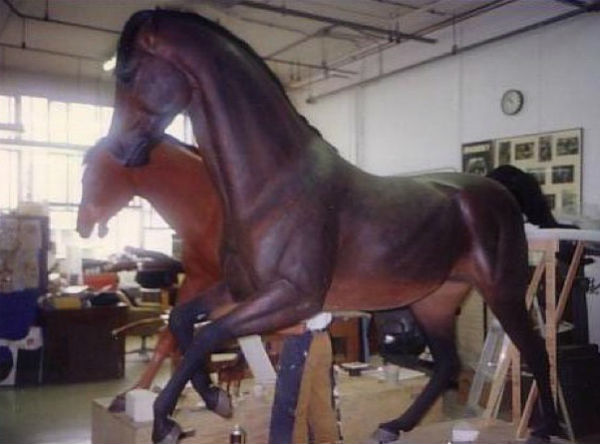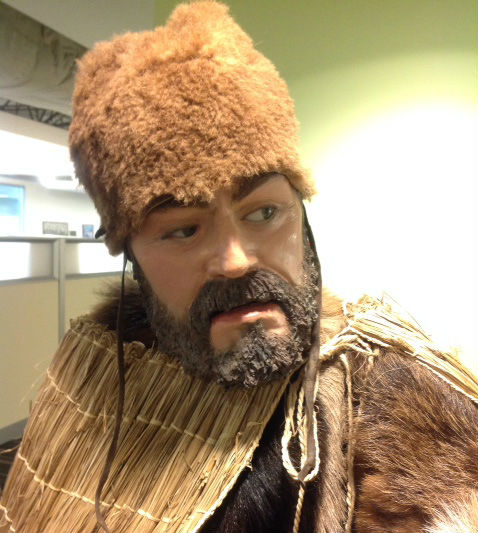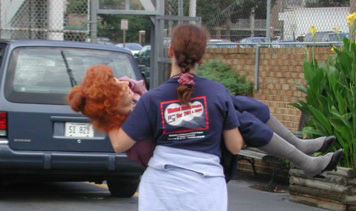By Lora Collins, 3D Studio Supervisor at Smithsonian Exhibits
When I was just ten years old, my mother and I were admiring the beautiful dioramas at the National Museum of Natural History when she told me that I could make dioramas one day. I forgot about that until I was well out of art school and looking for work that I could enjoy doing for the rest of my life. I was very, very lucky to get a job at the Smithsonian in 1981 doing exactly what I wanted: making models and dioramas!
I have spent the last 36 years at Smithsonian Exhibits making mannequins and models of horses, dogs, food, plants, enlarged butterflies, and whatever else came our way. The work is messy, laborious, and time-consuming, but it’s been a blast! Along the way, I’ve learned new techniques and approaches from my talented coworkers. I’ve also collaborated with and learned from fascinating curators and scientists. No two jobs have been alike. Here are some highlights from my career.
At the National Air and Space Museum (NASM)
My first portrait figure was of Sally Ride, the first American woman in space. Since she was not going to come to DC for a face mask, I volunteered to sculpt her face using photos. That worked well, except that all the photos were of her in outer space, so the mannequin shows what she looked like without gravity. Oh well! Guy Bluford, the first African American in space, did come to DC for me to take a face mold from him directly. What a thrill!
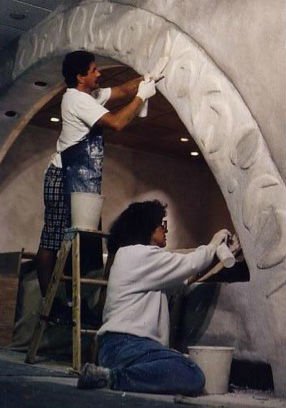


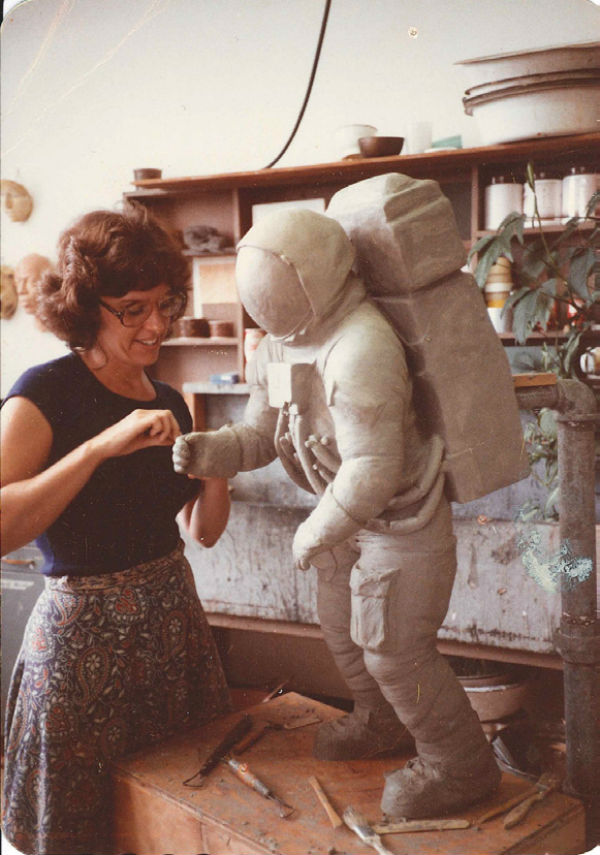
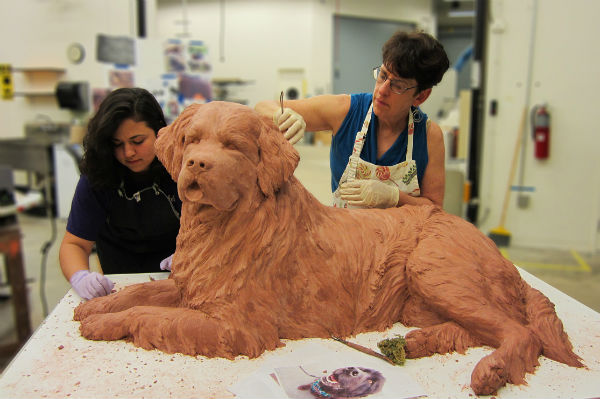
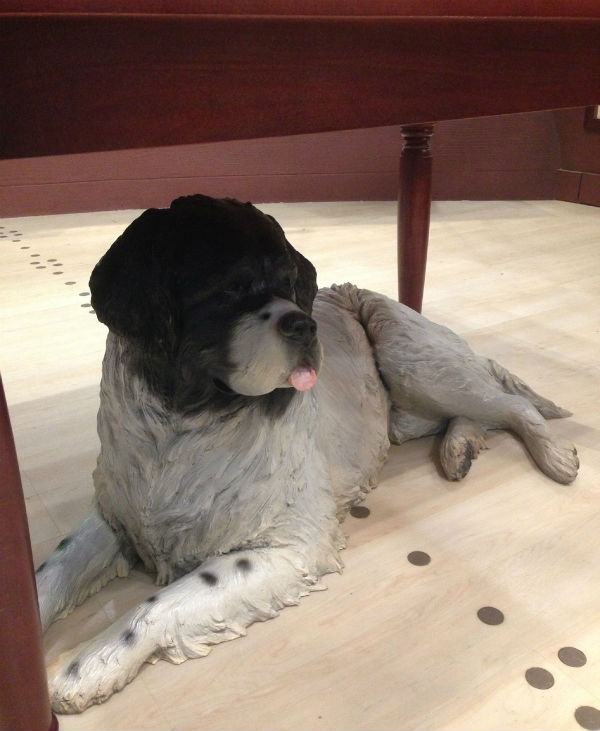
At the National Museum of American History (NMAH)
My coworker Carol Reuter and I worked with former NMAH curator Spencer Crew and designer Jim Sims on the positioning of six figures for the exhibit Field to Factory. Spencer’s own family members were used as reference material. It was the first time I used glass eyes.
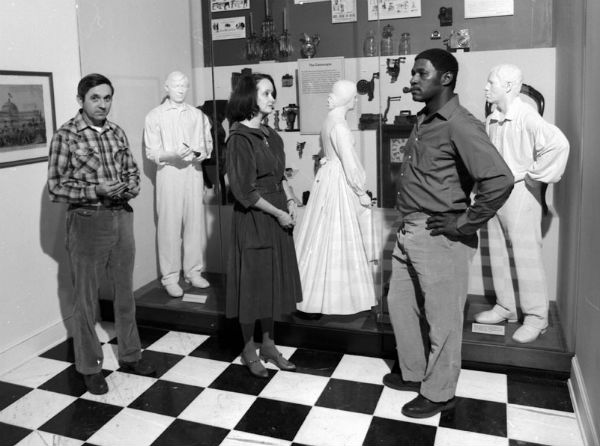
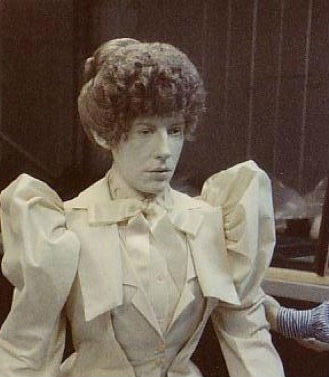

At the National Zoo
More recently, I worked with the Zoo team to make two sea lions, a mamma and her pup. No glass eyes were used here; instead, I carved into the clay to create shadows to give the effect of dimensionality in the eyes. An intern worked with me to sculpt the pup, and coworker Carolyn Thome painted the sea lions.
Learn more about the process I used to create the sea lions here.
At the National Postal Museum
This is the project I am most proud of: making two of the four full-sized running horses pulling the stagecoach. Coworker Danny Fielding and I used a different approach on every horse, learning as we went along! They were installed for the inaugural opening of the museum, along with several mannequins and other models from our shop, including the full-sized railcar.
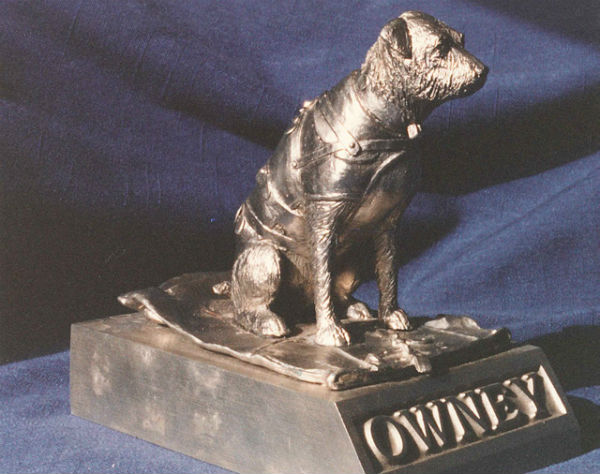


At the National Museum of Natural History (NMNH)
I created this head of Ötzi the Iceman working from a National Geographic photo of John Gurche’s forensic sculpture of him. The rest of the figure and diorama were made by others. Just a few years I ago, I took a course to learn forensic reconstruction, a fascinating combination of biology and art and definitely something I want to pursue further.
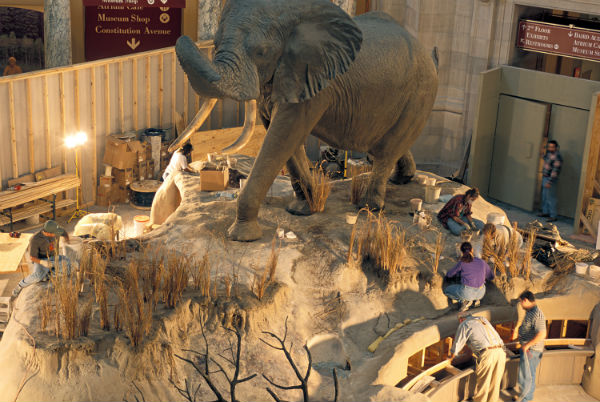



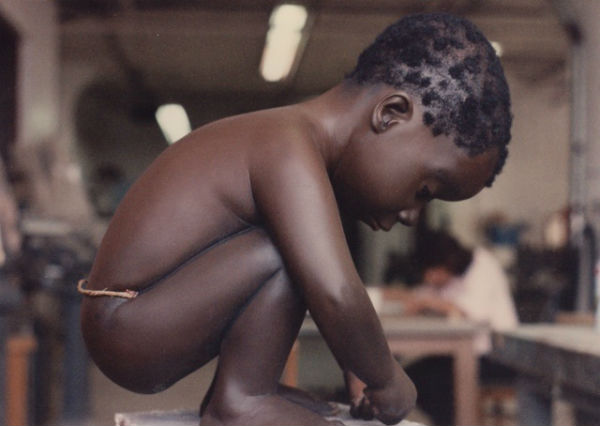
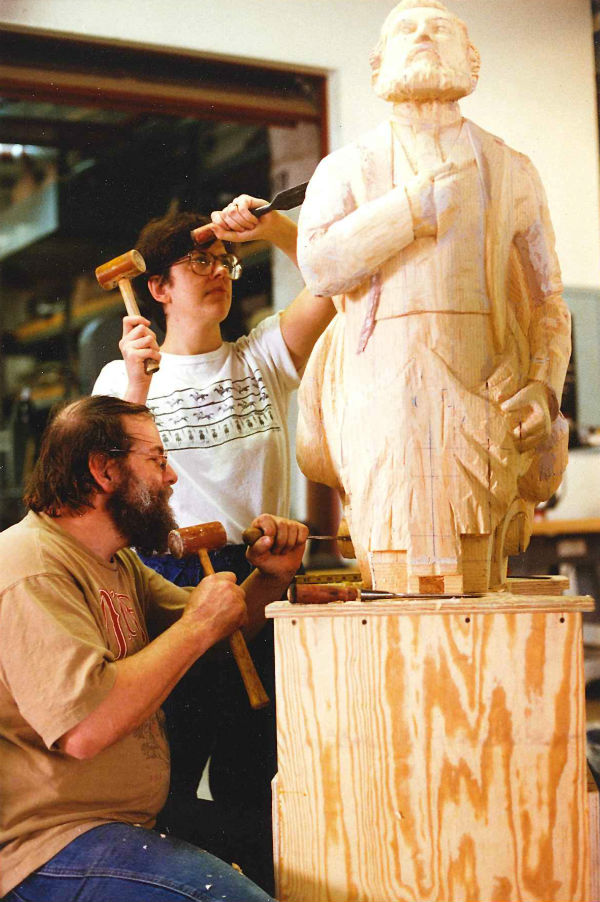
My final project at Smithsonian Exhibits is almost finished. I’ve been sculpting the portrait of John T. Hughes for a diorama on the Cuban Missile Crisis that will be on display at the Defense Intelligence Agency (DIA) in the summer. Mr. Hughes played a crucial part in delivering intelligence to the President and his team during the Cuban Missile Crisis.
I am looking forward to doing much more of my own art as a retiree, including oil painting, figurative sculpting, portraiture, and maybe even forensic reconstruction. We shall see!

